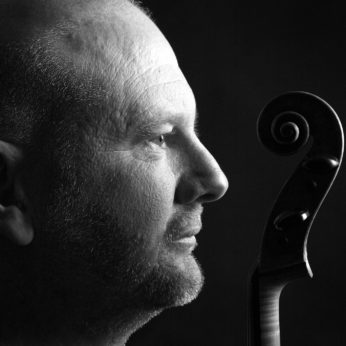Angels (it’s said) are often unable to tell whether they move
amongst the living or the dead. An eternal current
hurtles all ages through both realms forever,
and drowns out their voices in both.
Rainer Maria Rilke (from the First Duino Elegy)
Voices. The voices.Oh, my heart, hear, as once only
the Holy Ones could hear, the huge cry that once
raised them from the depths…Yet listen:
borne on the wind in voices made of the silence,
those who died young endlessly whisper a message
Voices of Angels was inspired by the first two Duino Elegies. Rilke’s angels are terrible.
If one clasped me to his heart, I would die of the force of his being. For Beauty
is only the infant of scarcely endurable terror, and we are amazed
when it casually spares us. Every angel is terrible.
This work, like Rilke’s, undertakes the task of summoning the angels. For the angels, whom Rilke calls the early-departed, need us no more, they have been weaned from worldly things, but we, who need great mysteries, can we do without them? So we have the first movement Evocation. The music opens with the violin entering softly out of the silence playing an E at irregular intervals. Without being in any way programmatic, Dean’s angel voices echo Rilke’s circling from silence to excitement to slow and dreamy, vague and distant to extremely quiet. The reverie is eventually broken by the violin taking off presto, inspiring a powerful and rhythmic pursuit before a long dreamlike coda.
In the second movement the realms of the living and the dead in all their confusion come together. The music is dominated by irregular and asymmetrical rhythms and is one minute lyrically floating, the next tense and anxious, one minute insistent and unfriendly, the next relaxing a little. Motifs appear and disappear; shadowy ideas intrude and are then banished by sudden bursts of clarity. The music ranges from heavily rhythmic to whispered lightness. These strange contrasts are brought to an end by a long misterioso section where piano and double bass duet with timpani sticks before the piano leads the ensemble on a magnificent, final gripping chase. This ends ffff and reverie returns until very calmly and hesitantly the bass recalls the first movement with a theme that is then taken over by the cello and handed to the other strings in turn leaving the violin’s angel voice singing pianissimo above muffled drumbeats.
